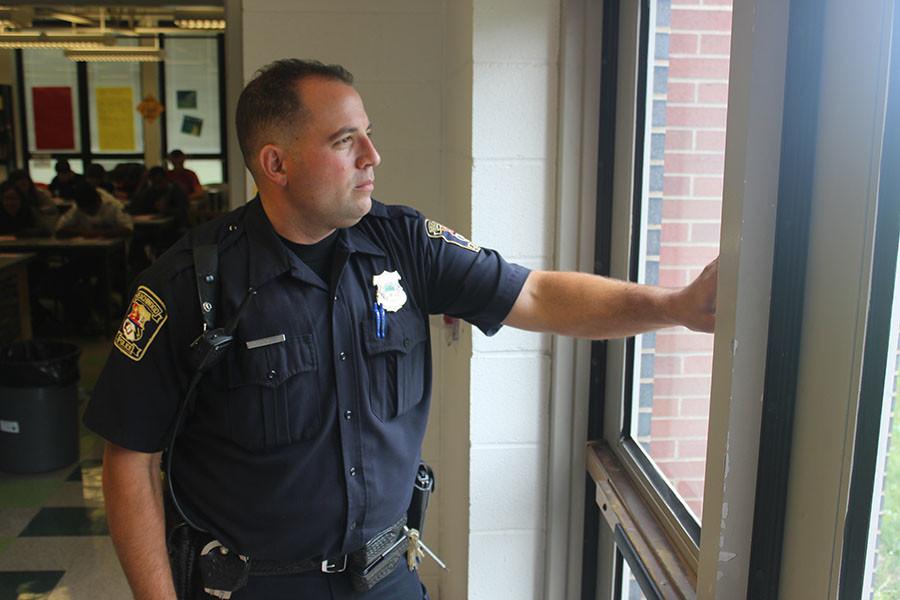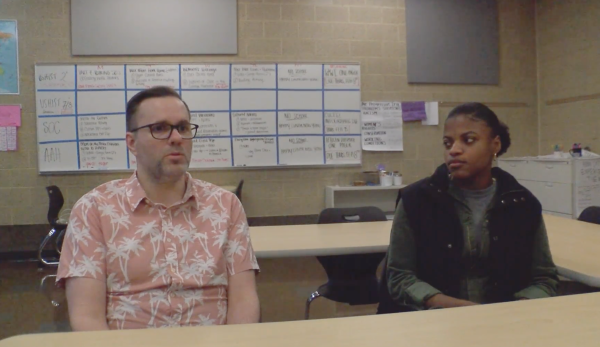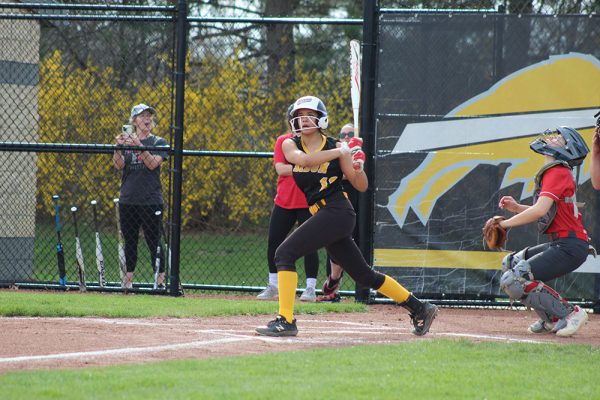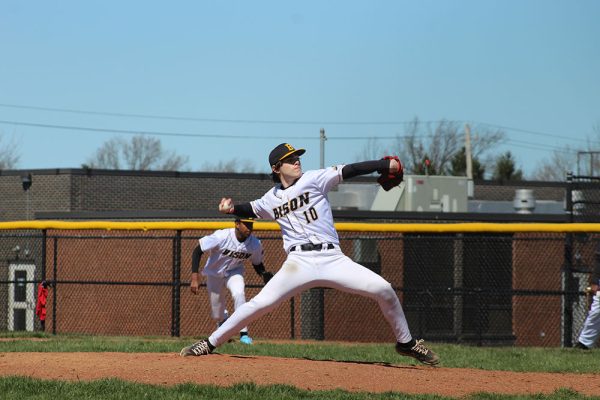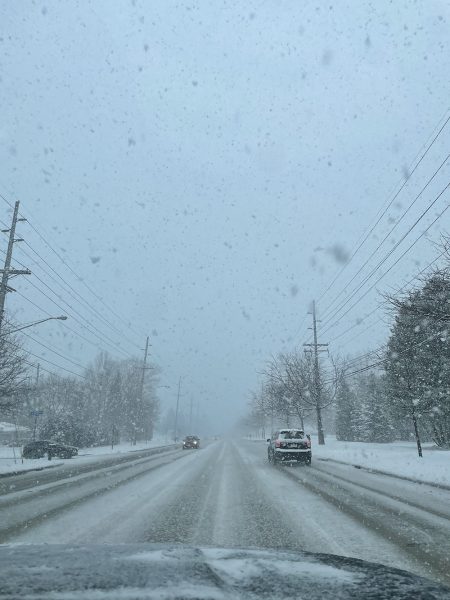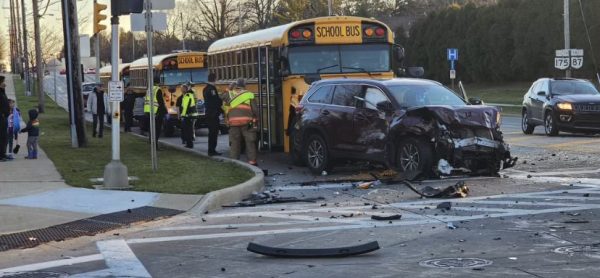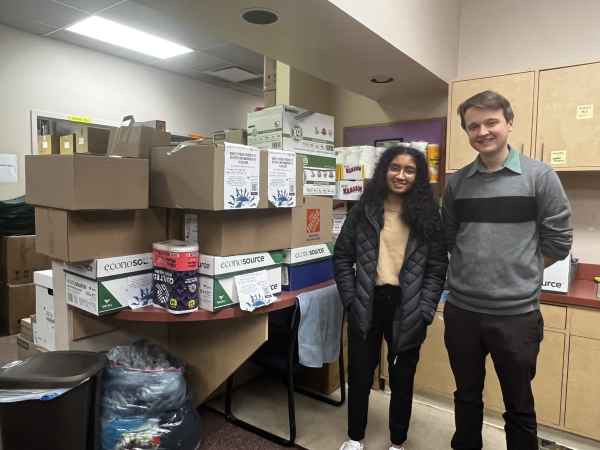School District Uses Variety of Approaches to Maintain Security
Lockdown drills and cameras are important, but so are community relationships and mental health supports
A local woman called 911 on Aug. 1 about her boyfriend, who told her over facetime that he was going to go shoot up the first school he found.
The man hoped to be shot and killed by police in an act known as “suicide by cop.”
The man was soon located in his car at Mercer Elementary School in Shaker Heights.
This incident was particularly concerning because Aug. 1 is the first day that students are allowed to come back to the high school for sports and band practices.
There were also camps in session including Safety Town at the Fairmount School Building.
Police considered the possibility that the man would move to a different school, so all Beachwood School buildings were put on lockdown.
C.J. Piro, Beachwood police officer and Director of Security for Beachwood schools, responded to the call, along with three Beachwood cars, followed by Shaker and South Euclid.
Police apprehended and arrested the man, but the incident focused the need for vigilant security at Beachwood City Schools.
Piro was happy with the efficiency of the lockdown, which occurred in roughly four minutes. He emphasized the importance of routine drills to prepare for potential threats.
“You practice like you play,” he said.
Frequent lockdown drills have paid off, and BHS is now able to lock down extremely fast.
Assistant Principal Ryan Patti also emphasized the importance of practice.
You plan for incidents so you’re prepared for incidents. We want it to become almost like muscle memory.
— Assistant Principal Ryan Patti
“You plan for incidents so you’re prepared for incidents,” he said.
“We want it to become almost like muscle memory,” he added.
It’s very important for students to know what’s going on inside and even outside the school.
“Some of the biggest proponents of security are students themselves,” Patti said.
If the students notice someone in the building who doesn’t look like he or she belongs, then the students can tell a staff member, providing an important information link.
Several years ago, schools nationwide began moving from passive to more active training for responses to school shooters.
A.L.I.C.E. is a widely-used training program to help schools prepare for active shooters. It stands for Alert, Lockdown, Inform, Counter and Evacuate. Piro explained that thinking has continued to evolve on responses to active shooters.
“It’s changed more to run, hide, or fight,” he said. “The first option is run to get away from the threat; if you can’t run, barricade and hide; and if the subject enters the area, prepare to fight.”
Security for the middle school is different from the high school, and elementary buildings also have their own security plans.
Kids still have recess at the elementary school, and if an officer goes outside with the kids, then the staff inside needs to know that and stay on higher alert.
Another difference is that younger kids are less likely to notice a potential threat, whereas high school students pay more attention to who’s walking in and out of the building.
On Monday, Oct. 9th, a suspicious man was seen taking pictures in the Beachwood library, and when asked what he was doing, he gave a Nazi salute and walked out.
“Because Beachwood is heavily populated by Jews, this was very concerning,” Piro said.
The subject was located and identified, and was taken for psychological evaluation, according to Piro.
The first option is run to get away from the threat; if you can’t run, barricade and hide; and if the subject enters the area, prepare to fight.
— Officer C.J. Piro
CONSTANTLY UPDATING SECURITY PLANS
To prevent events like what happened at Mercer Elementary, security is constantly being revised, and there are always drills to get ready for the real thing.
The key for successful security is to think through all potential threats.
“You always have to be ahead of your attacker,” Piro said.
To provide security, Piro does not just sit at a desk all day. He walks the hallways to make sure everything is safe.
If an attacker doesn’t know where in the building the officer is, then he or she will have more trouble planning an attack.
STUDENTS NEED TO KNOW ABOUT SECURITY ISSUES
It’s very important for students to know about school security and what to do if there is a potential threat to the school.
There is some debate over how much information schools should tell students about security without scaring them.
“Live your life prepared, not scared,” Piro said.
The argument is that it’s better for students to know how to protect themselves rather than keeping them ignorant of threats which could ultimately give them lower chances of survival in an emergency.
IMPORTANCE OF COMMUNITY RELATIONSHIPS
“Walking around the school ensures that you get to see kids and greet them, which really builds a trust that would not have been there if an officer were to just sit in his or her office all day,” Piro said.
“I like going to sporting events because then I get to meet the kids’ parents as well,” he added. “Not only does this help build my relationship with the kids and their parents, it also helps determine if someone who walks in the building is a parent or someone who doesn’t belong.”
Experts argue that school safety is about more than just security. Mental health supports are also critically important.
“Schools need counselors, psychologists and officers building relationships with kids, because they are the best line of defense,” school safety consultant Kenneth Trump told CNN.
TECHNOLOGICAL SOLUTIONS
Cameras play a big role in security, and every year more cameras are added to enhance security.
“It allows us to see things as they are occurring or right after they occurred,” Patti said.
Cameras can be used to identify both perpetrators and victims.
“Schools still want to be inviting, but they need to be protected,” Piro said.
“I believe schools are much safer than they used to be but clearly they still have a good ways to go,” Ronald Stephens, executive director of the National School Safety Center told PBS.
Officer Piro added that his door is always open for kids to come and talk. He wants to make sure kids feel safe, and if there is anything that makes them uncomfortable to let him know.
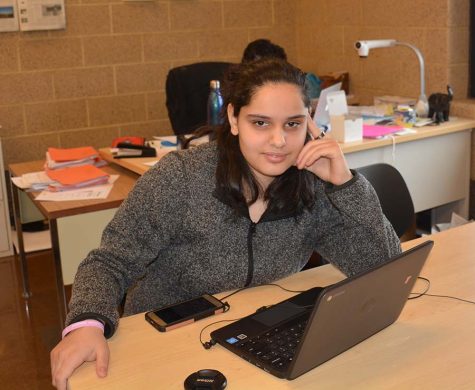
Nakita Reidenbach has been writing for the Beachomber since fall of 2017. She enjoys writing about a variety of topics including sports and feature stories....



